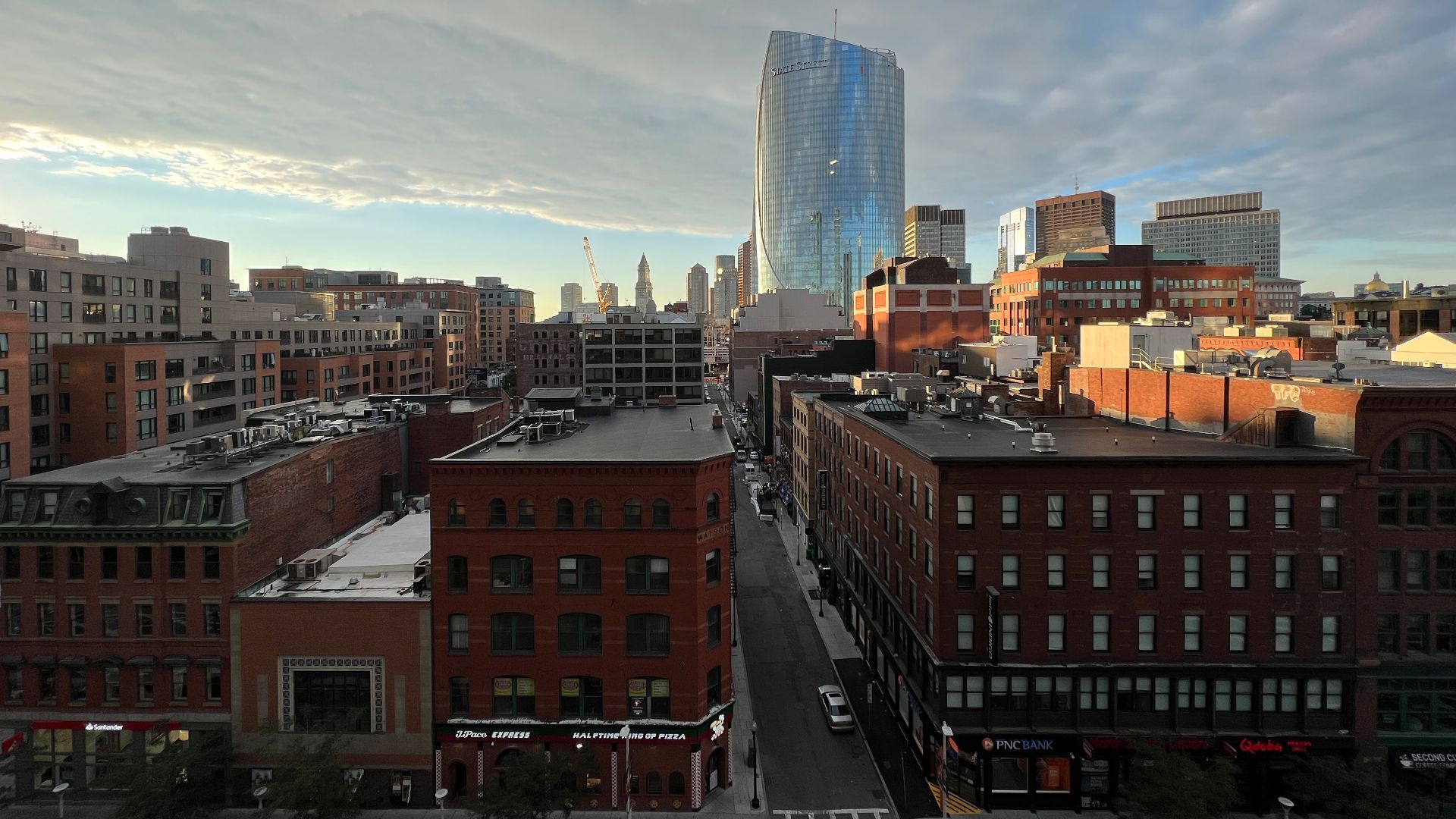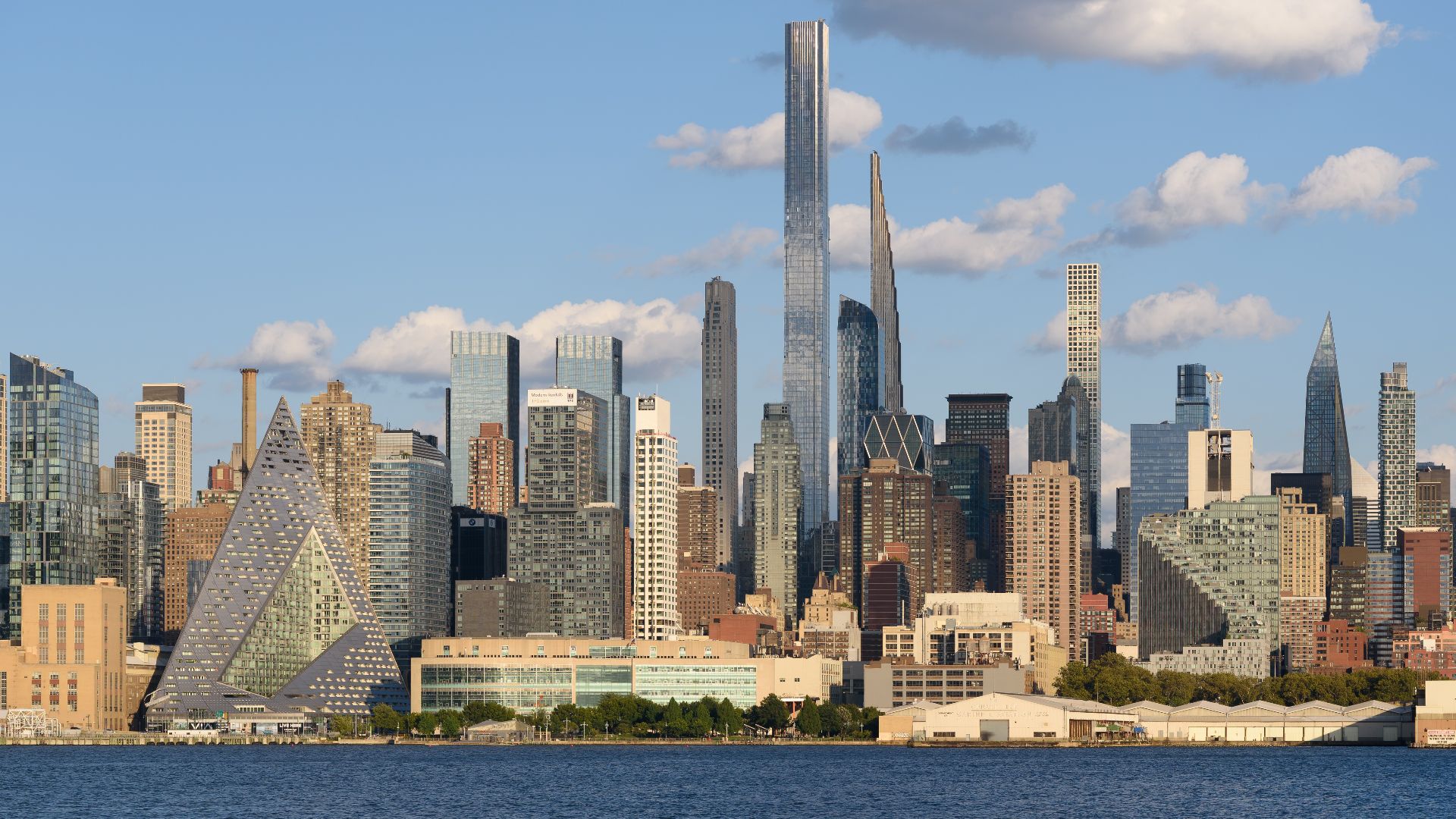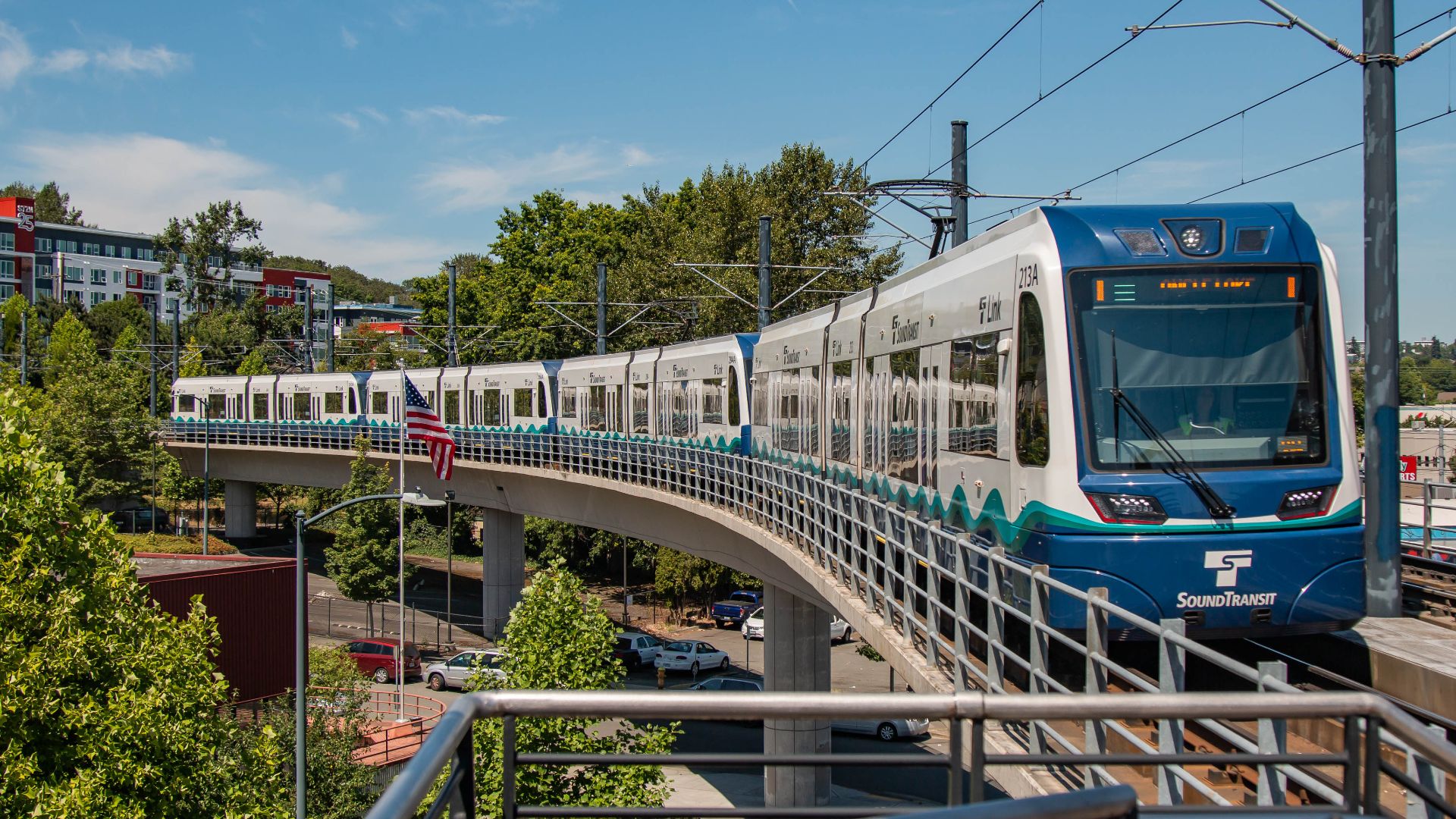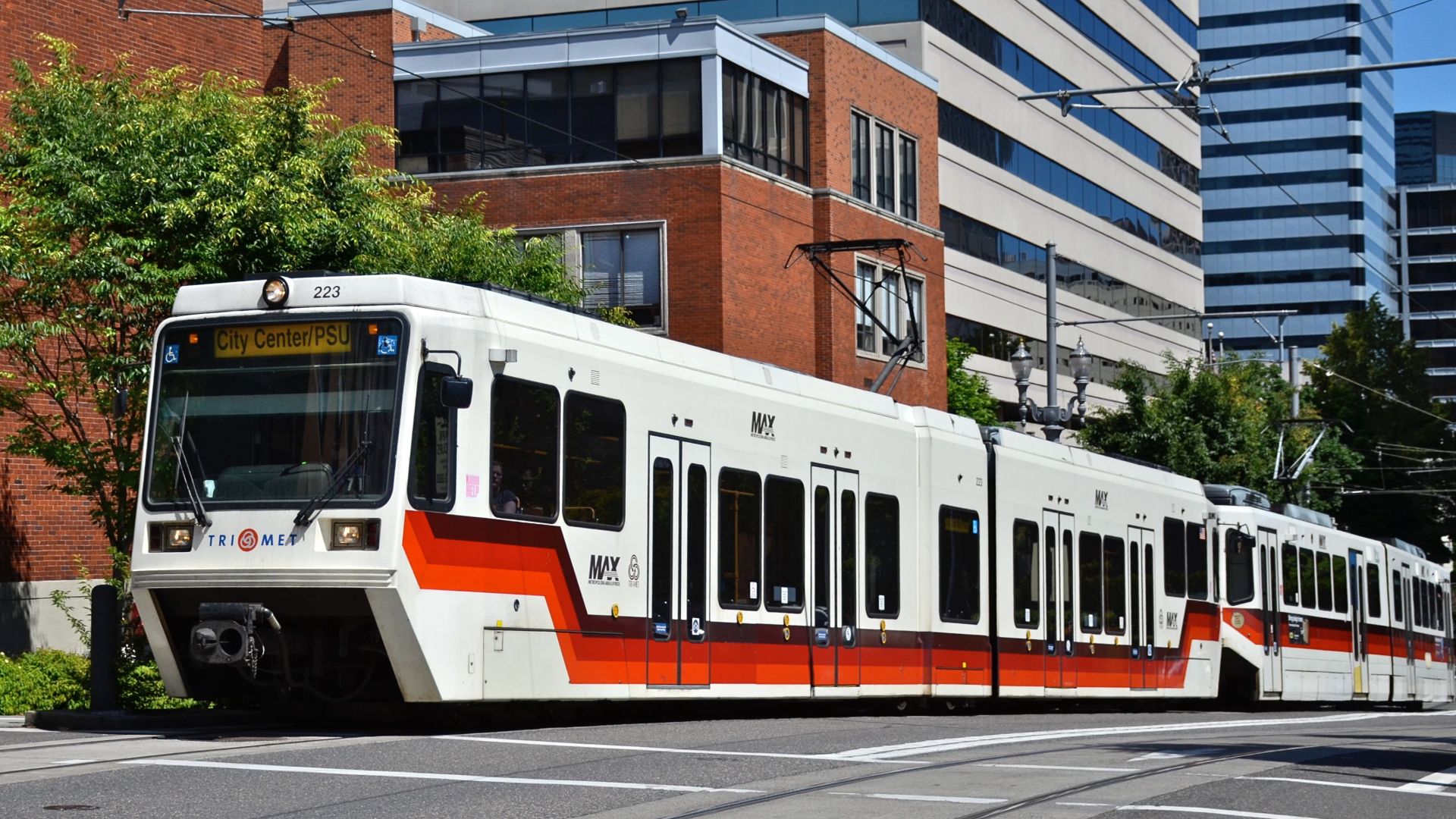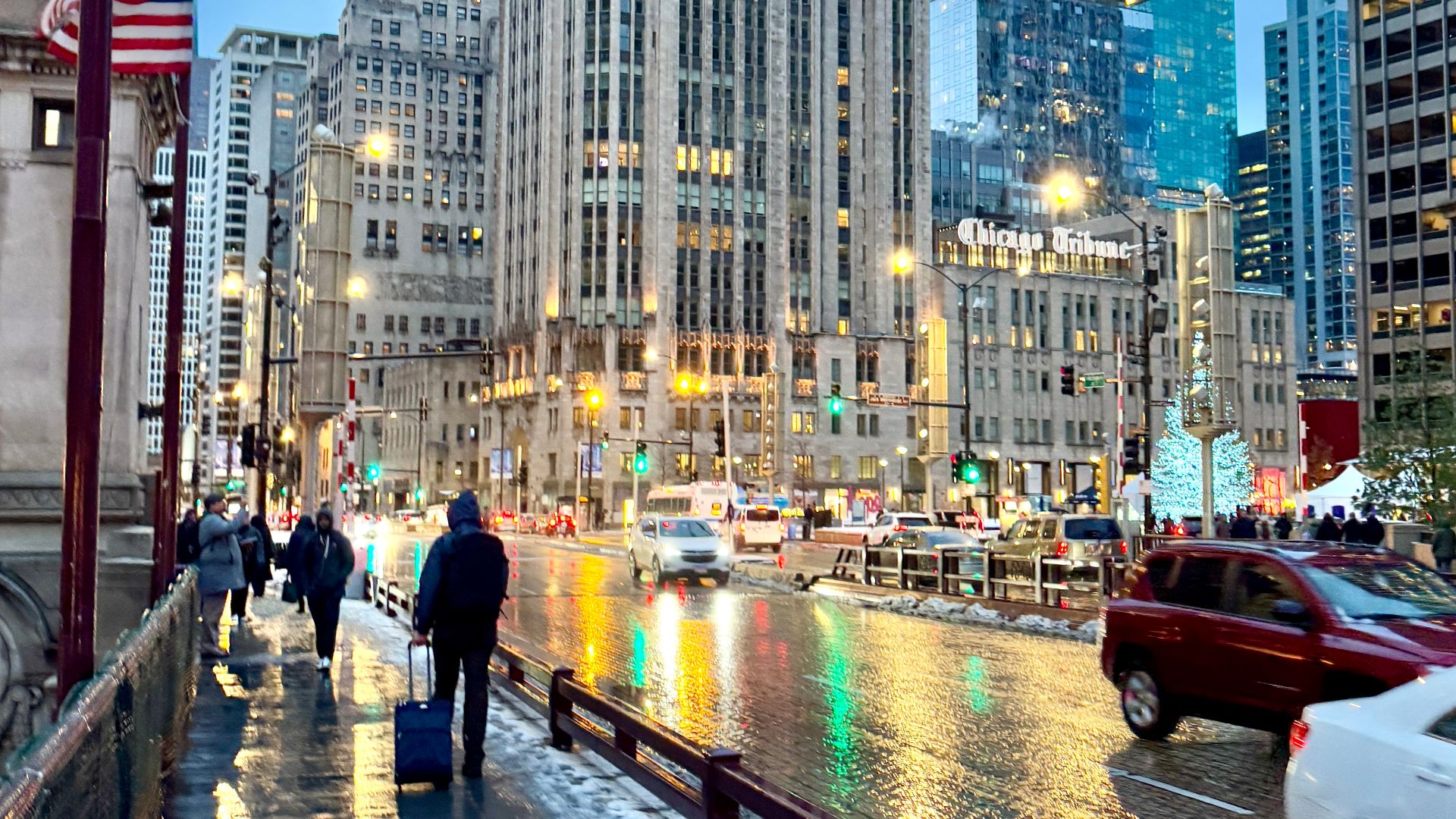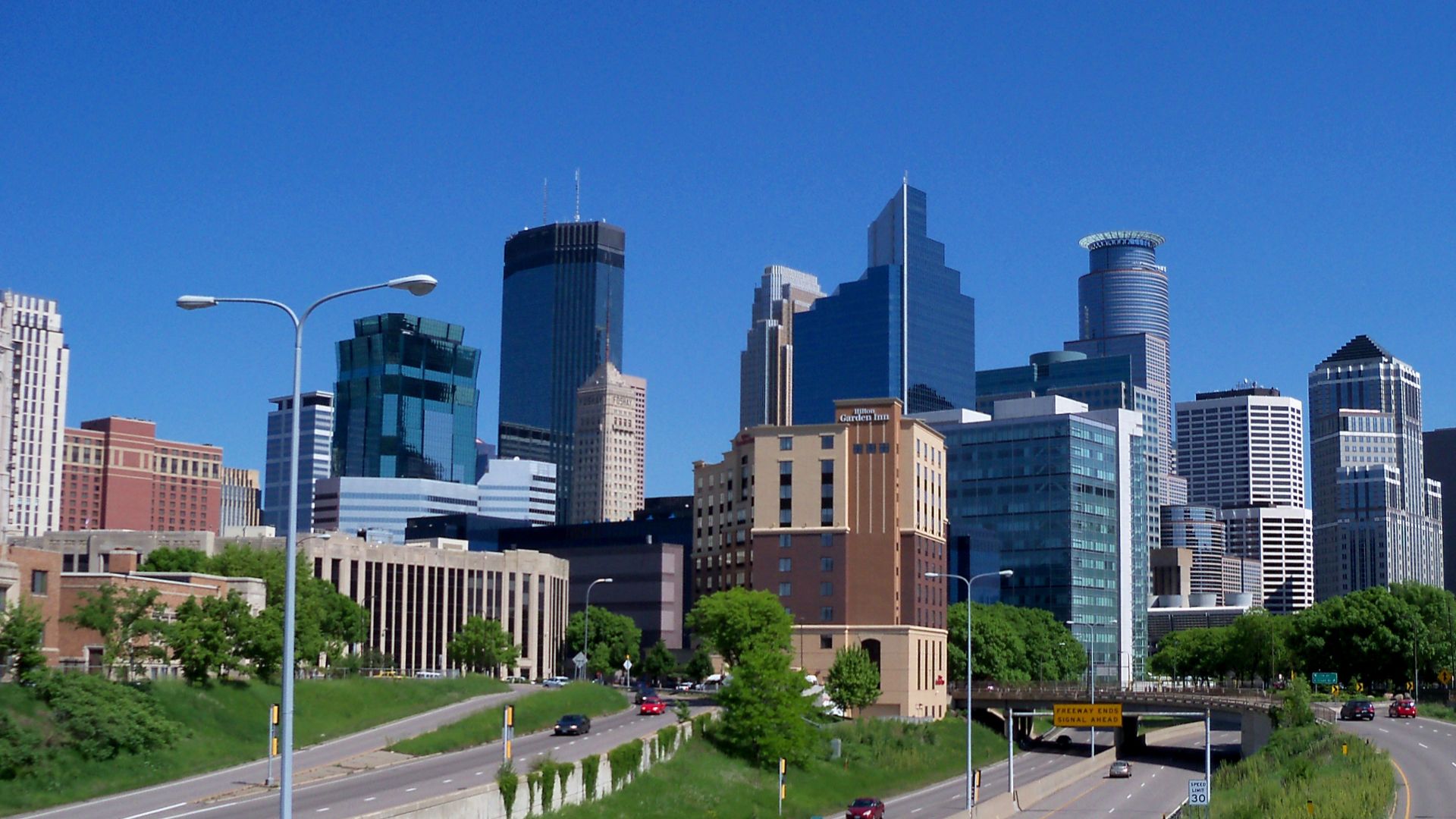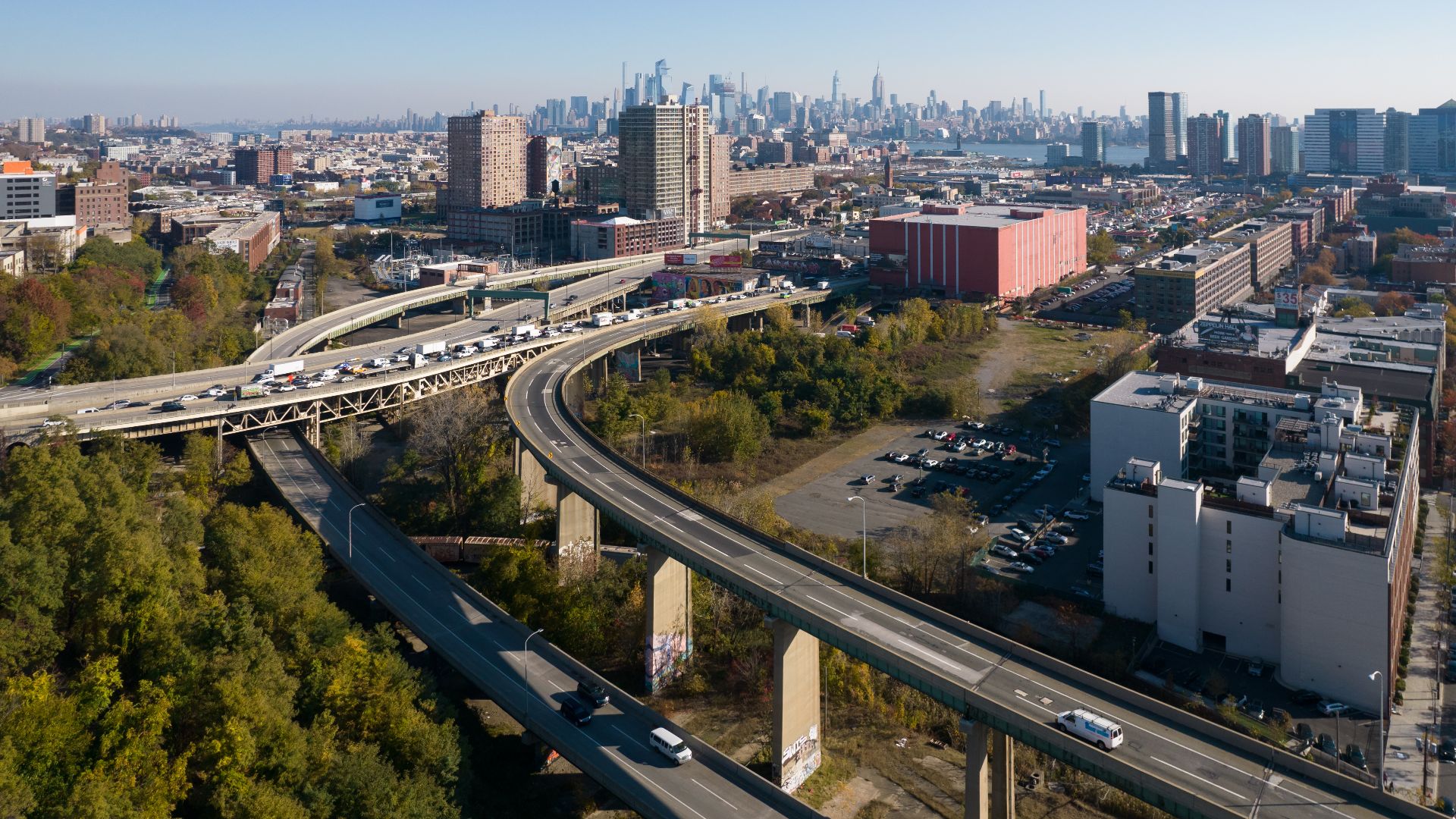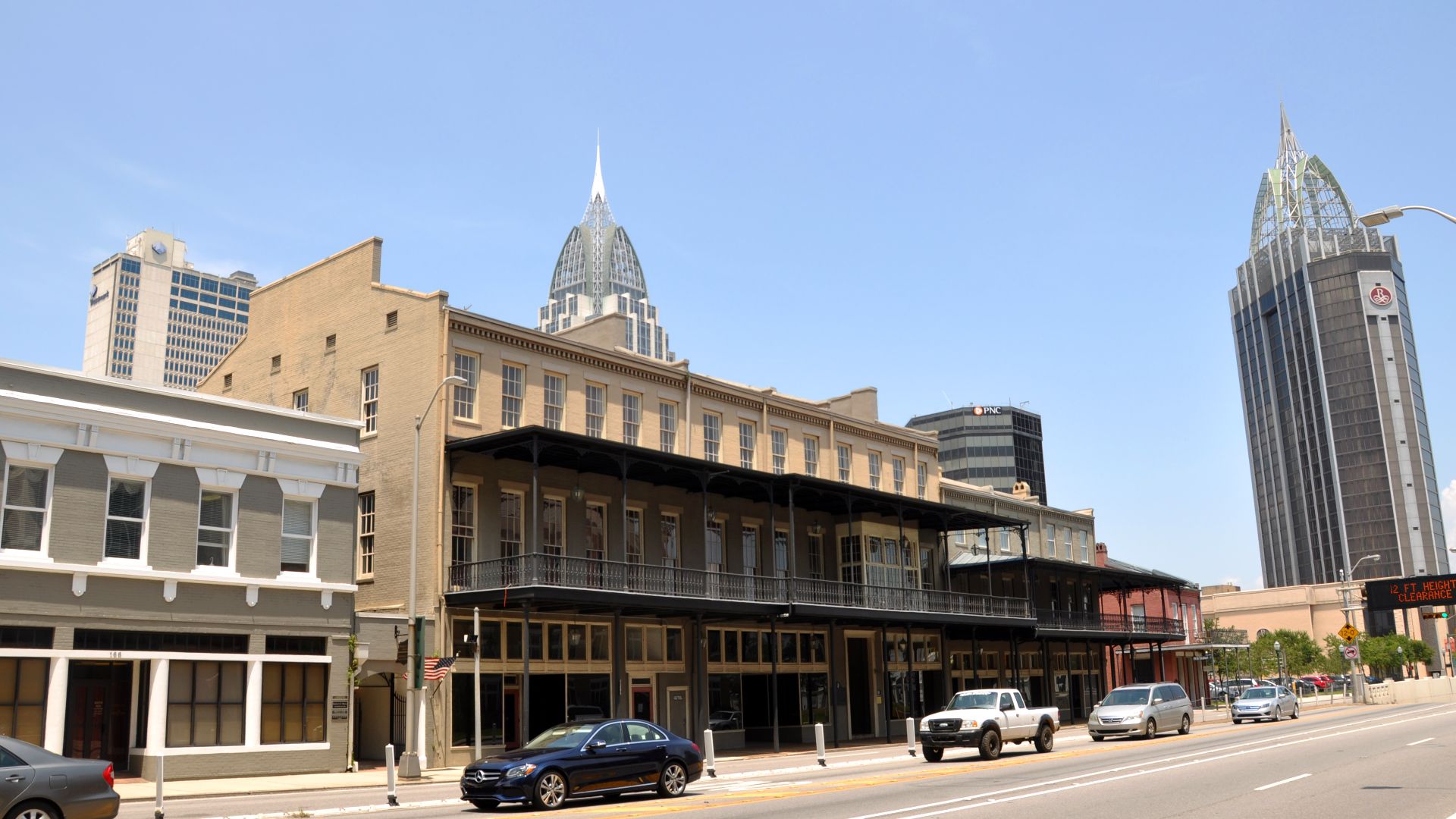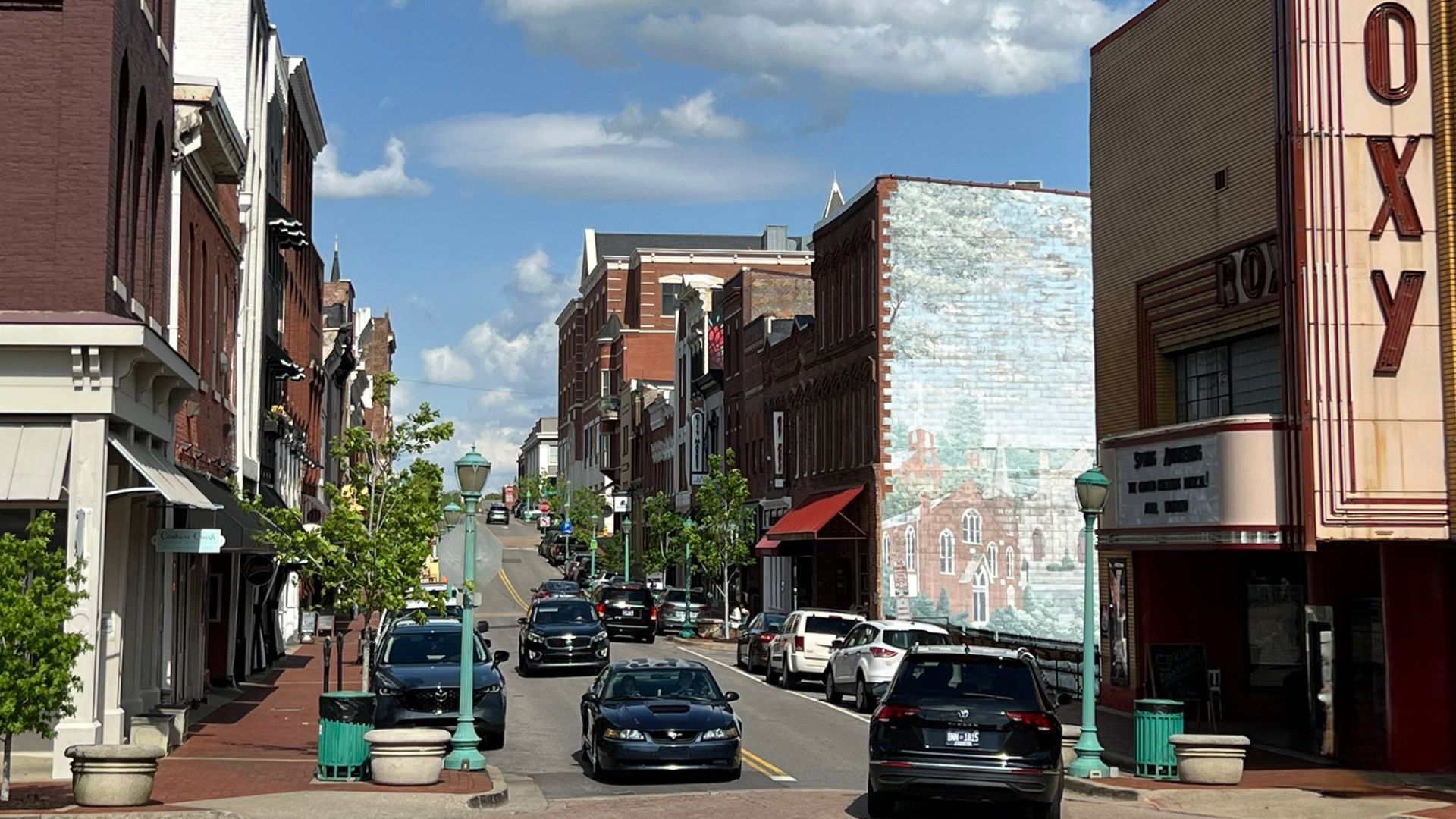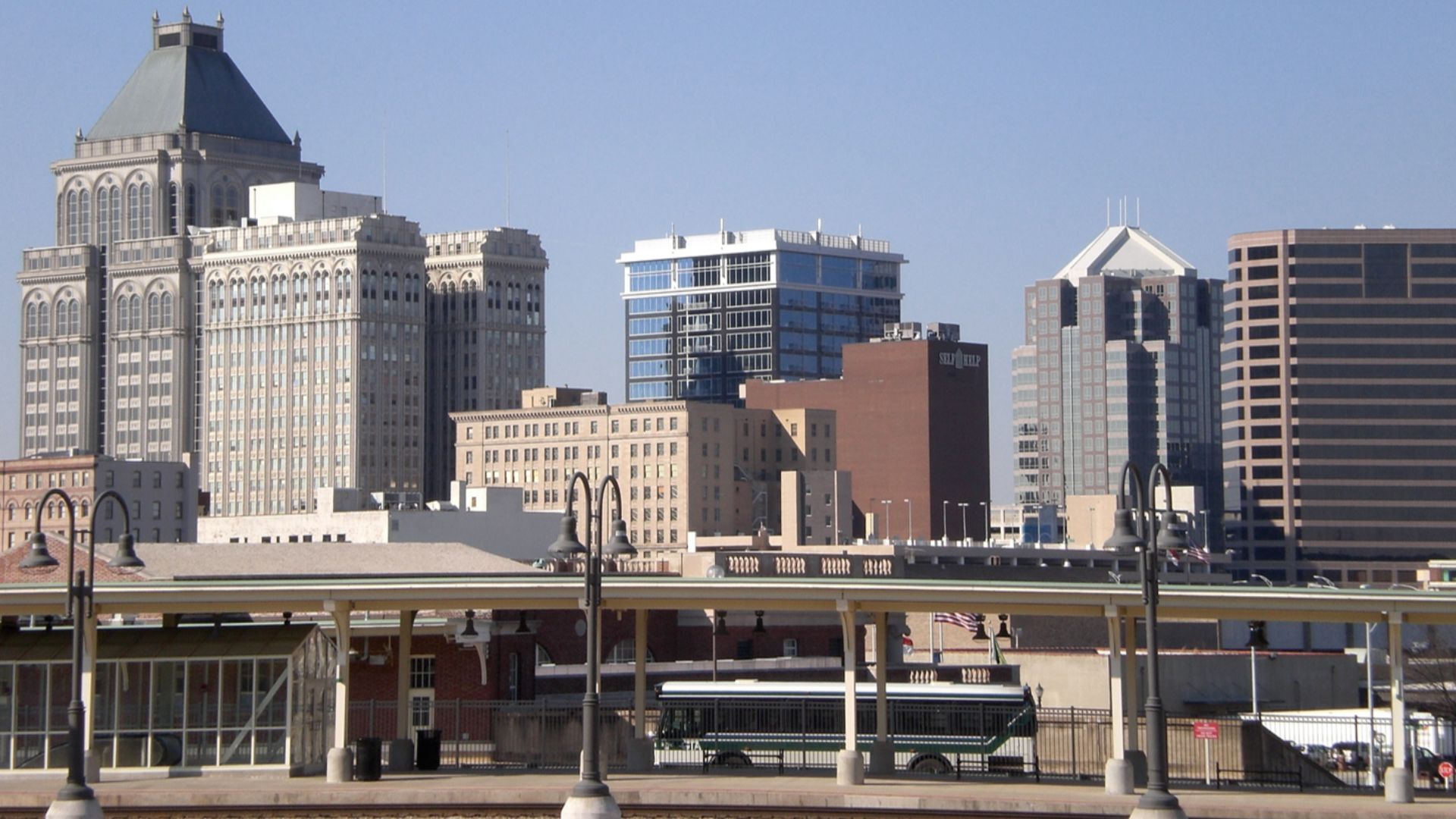Feet First Or Wheels Only
You might love the idea of skipping gas station lines and gruelling morning traffic on the freeway. But depending on the city you live in, that ideal is either a reality or an unattainable pipe dream. This list dives into 10 places that truly support living car-free and 10 where even a trip to the corner store needs a full tank.
1. San Francisco, CA
From the clang of the iconic cable cars to the sleek BART lines gliding under the bay, San Francisco wraps mobility around you. Its compact neighborhoods mean you can brunch in the Mission, shop in Union Square, and then hike Twin Peaks—all without touching a steering wheel.
2. Boston, MA
History meets high function where cobblestone streets and modern transit blend like clockwork. Boston’s MBTA zips you through districts, while densely packed streets let your feet rule the day. Even winter can’t stop its efficient underground system from keeping everything on schedule.
3. New York, NY
In this urban jungle, skipping a car doesn’t raise eyebrows—it earns you respect. Subway lines intersect Manhattan and reach far beyond, letting you dash to meetings or unwind in Central Park without a second thought. And with the MTA running around the clock, you’re always covered.
4. Philadelphia, PA
Crackling with East Coast grit, Philly’s SEPTA system pulls double duty. Subways, trolleys, and regional rail let you crisscross town fast. Walkable neighborhoods stack amenities so tightly, you’ll forget your driveway ever existed. Cheese steaks? You can grab them on foot.
 studio34 from Philadelphia on Wikimedia
studio34 from Philadelphia on Wikimedia
5. Washington, D.C.
Powerful by design, the capital’s Metro system connects more than politics. From Foggy Bottom to Capitol Hill, pedestrian-friendly corridors and accessible buses mean your commute turns into a breeze. Even tourists marvel at how smoothly they move without ever grabbing a car key.
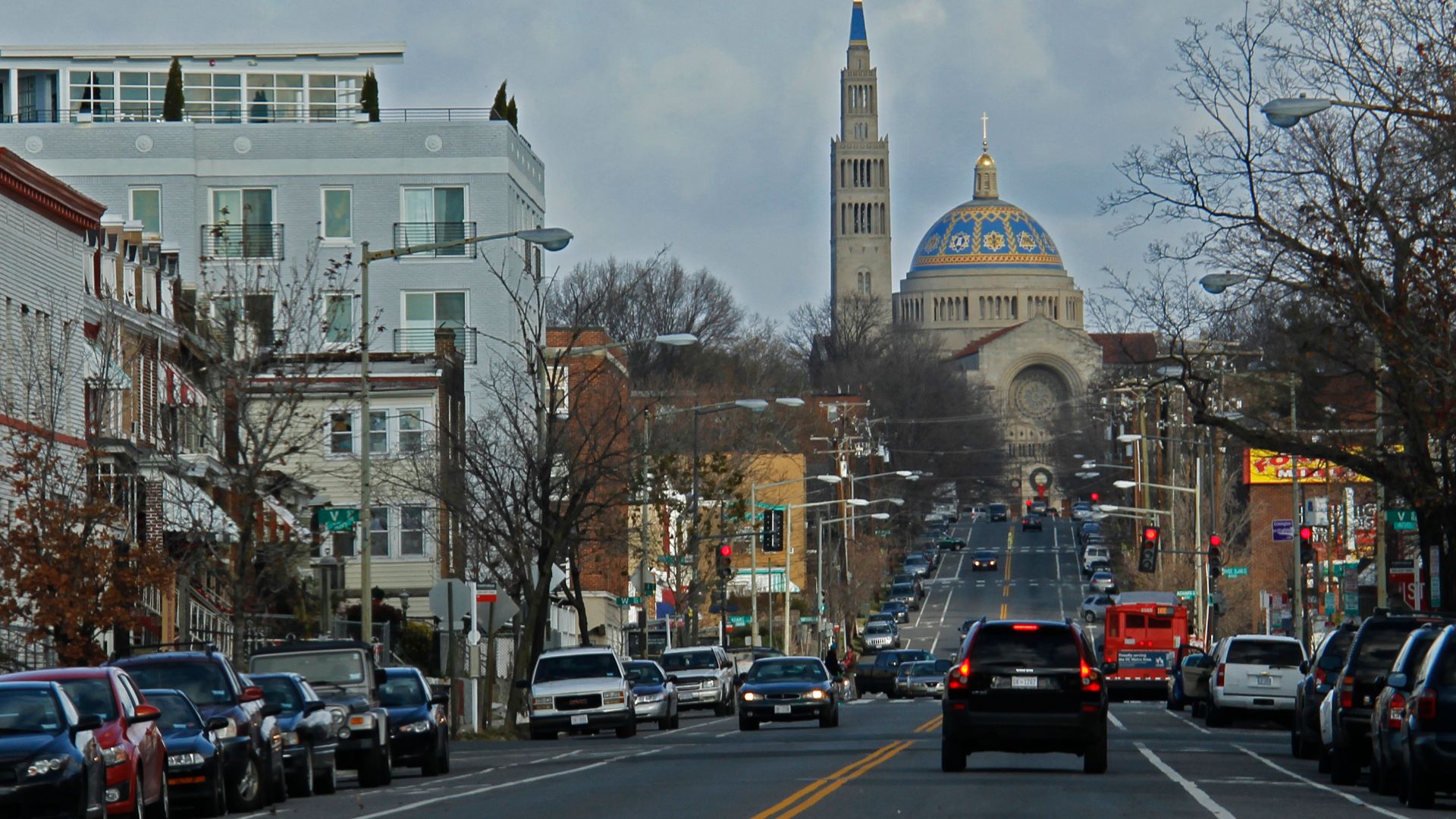 David from Washington, DC on Wikimedia
David from Washington, DC on Wikimedia
6. Seattle, WA
Resting among hills and water, Seattle’s Link Light Rail, monorail, and reliable buses keep you plugged into every pulse point. Cyclists thrive too, navigating dedicated lanes like pros. If you want to dodge rain traffic, just duck into transit tunnels and emerge downtown dry and ready.
7. Portland, OR
Here, freedom tastes like roasted coffee and smells like rain on the pavement. MAX light rail, vintage streetcars, and green bike boulevards make every errand feel like a mini adventure. The city breathes efficiency, and with Trimet’s reliability, your car feels obsolete fast.
8. Chicago, IL
The ‘L’ snakes through Windy City blocks, offering easy rides to all commuters. Downtown’s walkability lets you swing by jazz spots in Bronzeville or stroll for lake views. When you’re done, the train hums you home without a hassle.
9. Minneapolis, MN
Four seasons don’t deter this Midwestern gem. With an expanding light rail, skyway networks keeping walkers warm, and miles of dedicated bike trails, Minneapolis preps you for independence from gas stations. You’ll glide from Uptown to downtown without breaking a sweat or the bank.
10. Jersey City, NJ
Jersey City carves its own commuter identity. PATH trains zoom you under the river while ferries offer scenic detours over water. In neighborhoods like Paulus Hook or The Heights, daily life unfolds within walking distance. Why drive when you can drift?
The cities we have just looked at make going car-free feel like second nature. But not every place is built for sidewalk life or waiting at the bus stop. Let’s take a look at the cities where living without a car gets a whole lot trickier.
1. Mobile, AL
Public transit here is unpredictable and scarce. Streets sprawl wide, and walking often feels like trespassing. If you rely solely on your feet or a bus schedule, expect delays, detours, and double the travel time. Better buckle up because this is a driving town.
2. Memphis, TN
Despite soulful rhythms and historic roots, Memphis skips a beat when it comes to mobility. Limited bus routes and scattered hubs stretch patience. Need to get groceries or go for a night out? Make sure your tank’s full before planning.
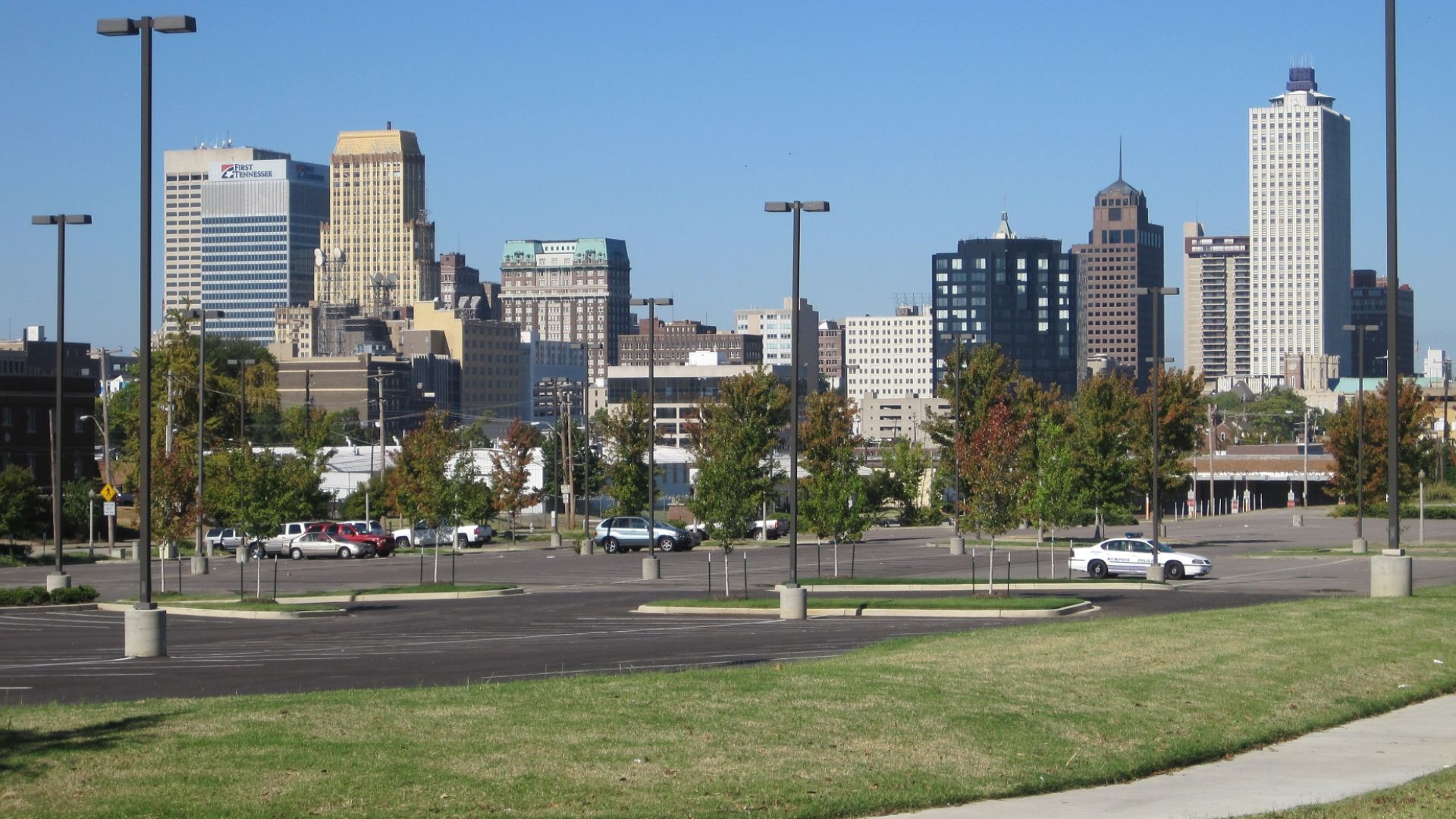 Thomas R Machnitzki on Wikimedia
Thomas R Machnitzki on Wikimedia
3. Jackson, MS
Lack of transit here may delay your schedule because of the few sidewalks and sparse buses. Additionally, the neighborhoods are separated by long, unshaded roads, turning every outing into an expedition. Unless you pedal hard or drive, forget spontaneous errands.
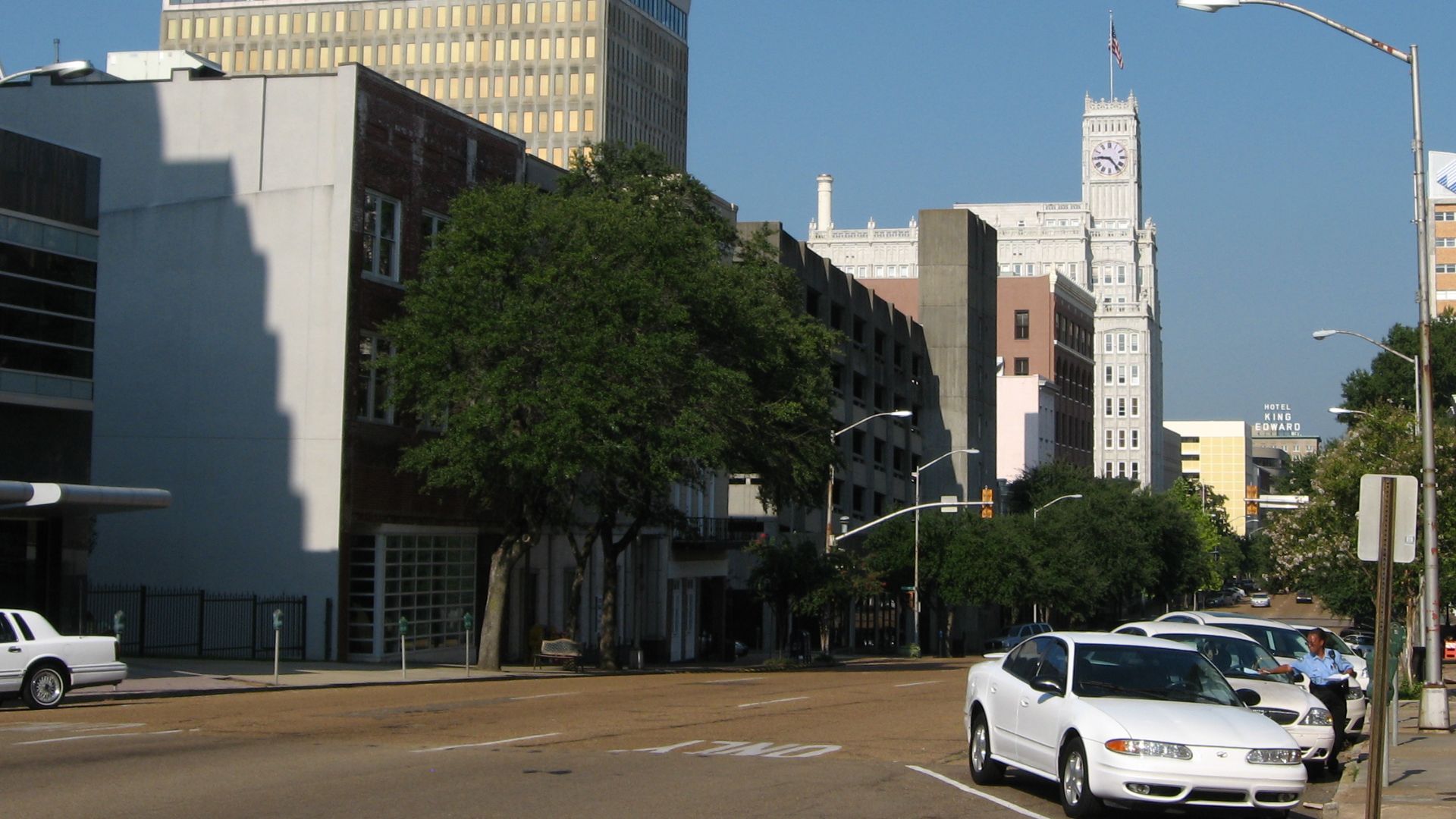 Ken Lund from Las Vegas, Nevada, USA on Wikimedia
Ken Lund from Las Vegas, Nevada, USA on Wikimedia
4. Huntsville, AL
Rocket City? Sure. But ground-level movement sputters. Its futuristic flair doesn’t extend to daily commuting since buses run short and sidewalks feel like afterthoughts. Unless your employer sits nearby, odds are you’re gassing up before sunrise and parking after dark.
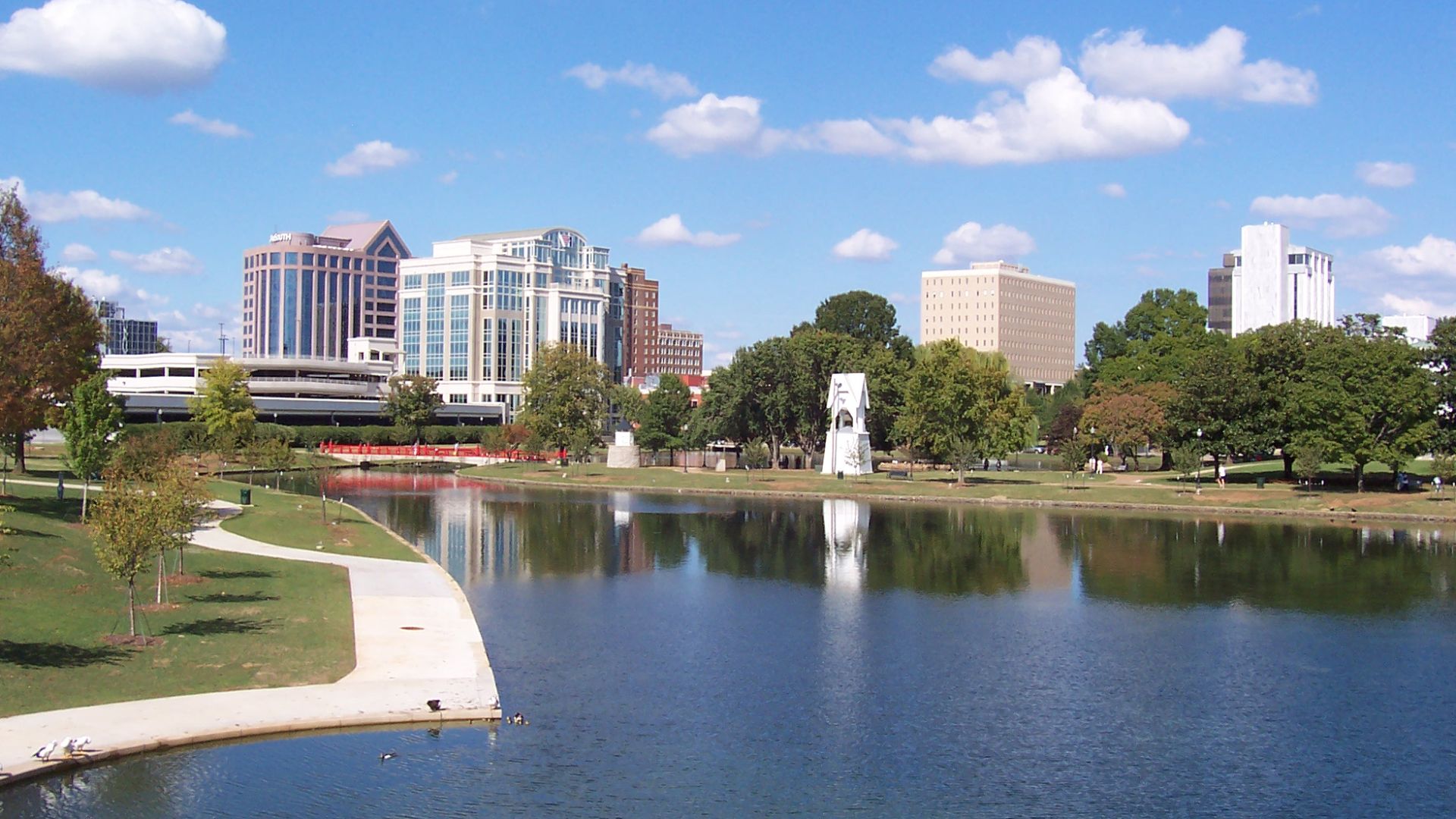 No machine-readable author provided. Anivron assumed (based on copyright claims). on Wikimedia
No machine-readable author provided. Anivron assumed (based on copyright claims). on Wikimedia
5. Baton Rouge, LA
Even the Mississippi River flows more consistently than local transit in Baton Rouge. Urban sprawl demands horsepower. Cross-town trips devour time, and poorly lit walkways deter even the bold. Don’t rely on a timetable; rely on a vehicle with good suspension.
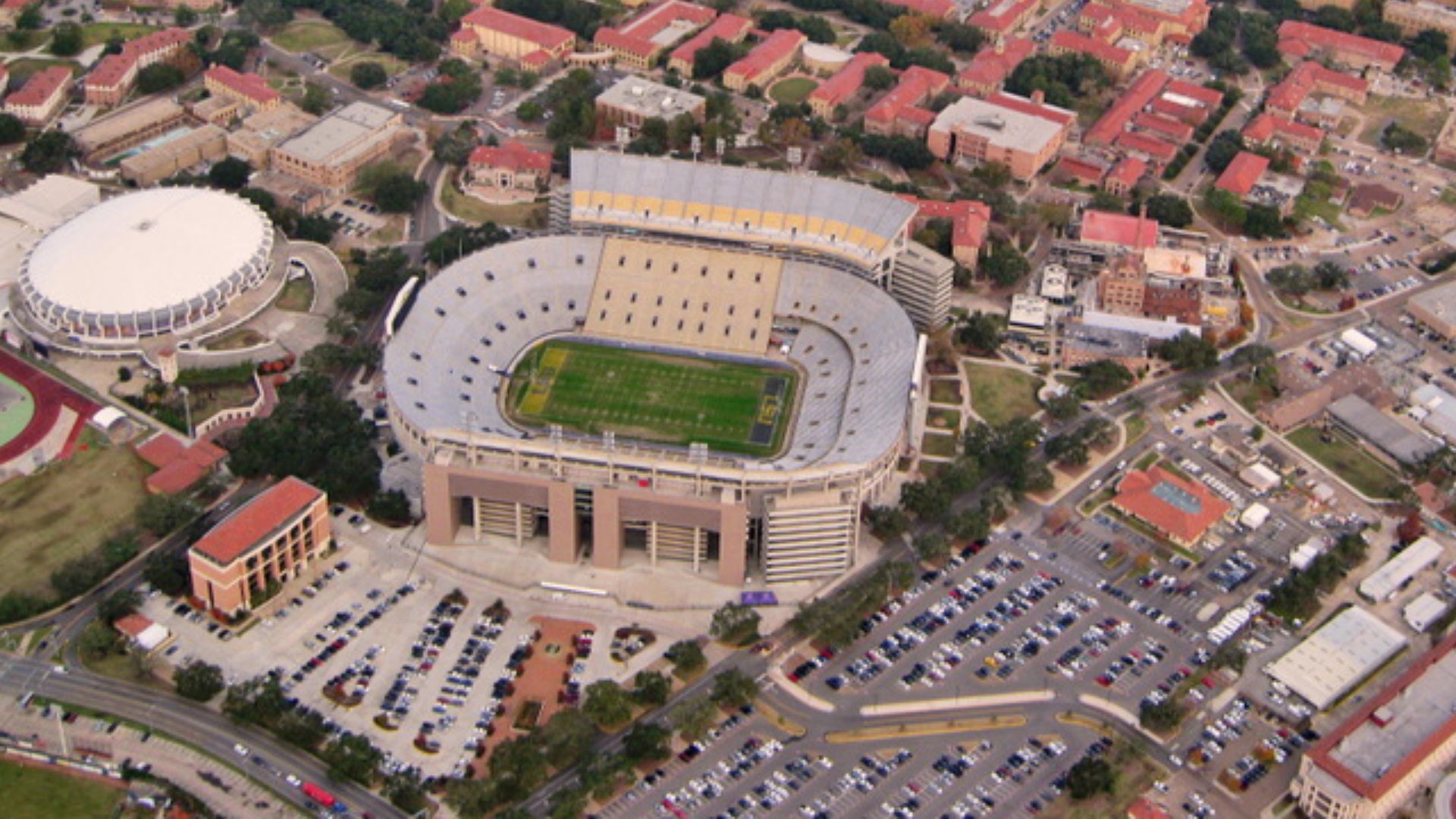 Stuart Adams, stuadams.com on Wikimedia
Stuart Adams, stuadams.com on Wikimedia
6. Clarksville, TN
Step outside here without a car, and you might feel invisible. Public buses crawl (if they come at all), and crosswalks remain more theoretical than functional. Work, school, and even corner store visits become a strategic mission without four wheels.
7. Montgomery, AL
A town proud of its history, but modern transit remains in the rearview. The available commute options are slow, and walkable hubs feel rare. Planners prioritized pavement over people, so life without a car means planning far ahead or risking wasted hours under the harsh southern sun.
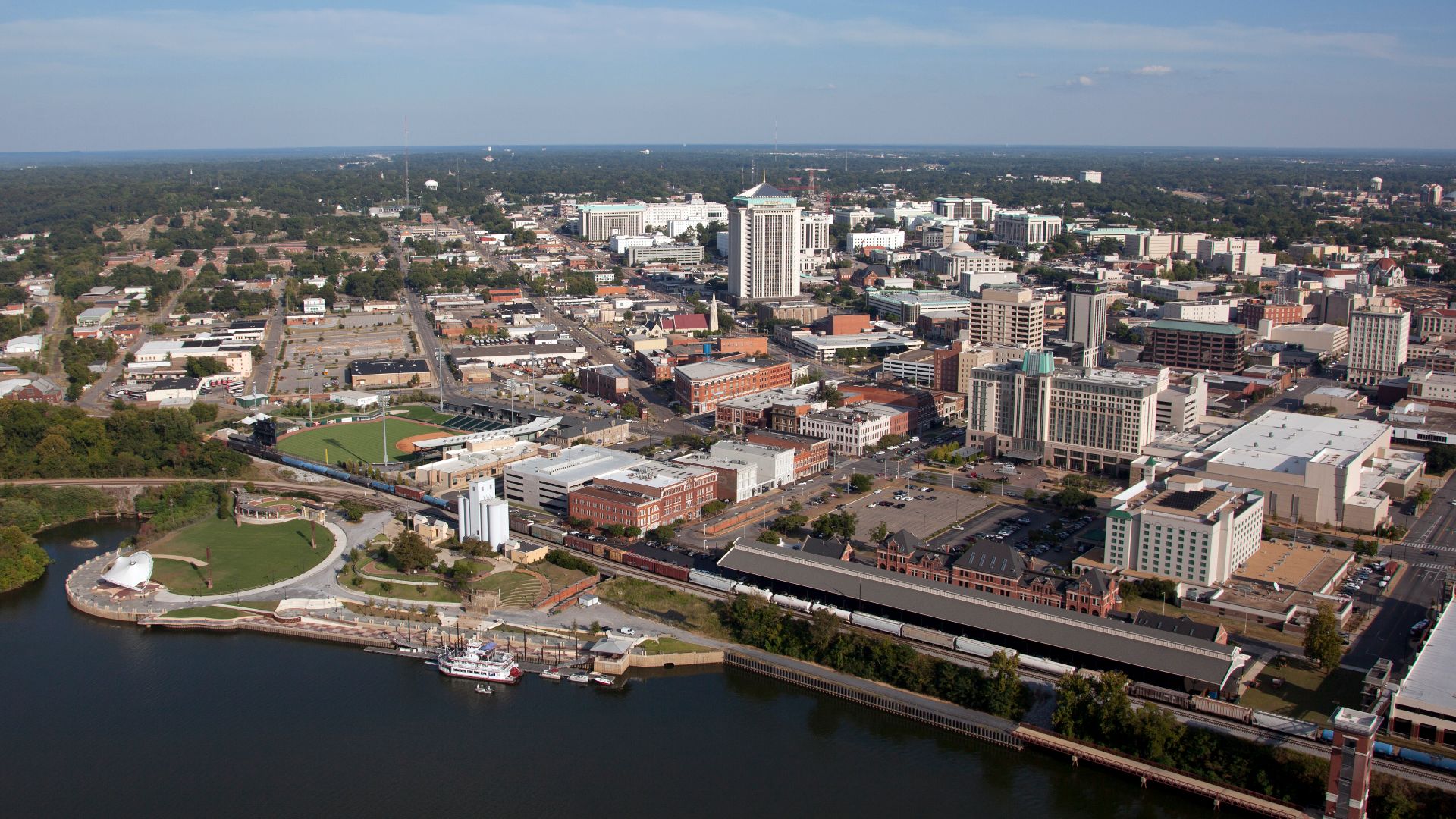 Carol M. Highsmith on Wikimedia
Carol M. Highsmith on Wikimedia
8. Birmingham, AL
Sure, you’ll find charm and culture flourishing in Birmingham, but access to them dwindles fast without a vehicle. Routes operate sporadically, and sidewalks vanish in mid-stride. Because of this, most daily trips are impractical without a car.
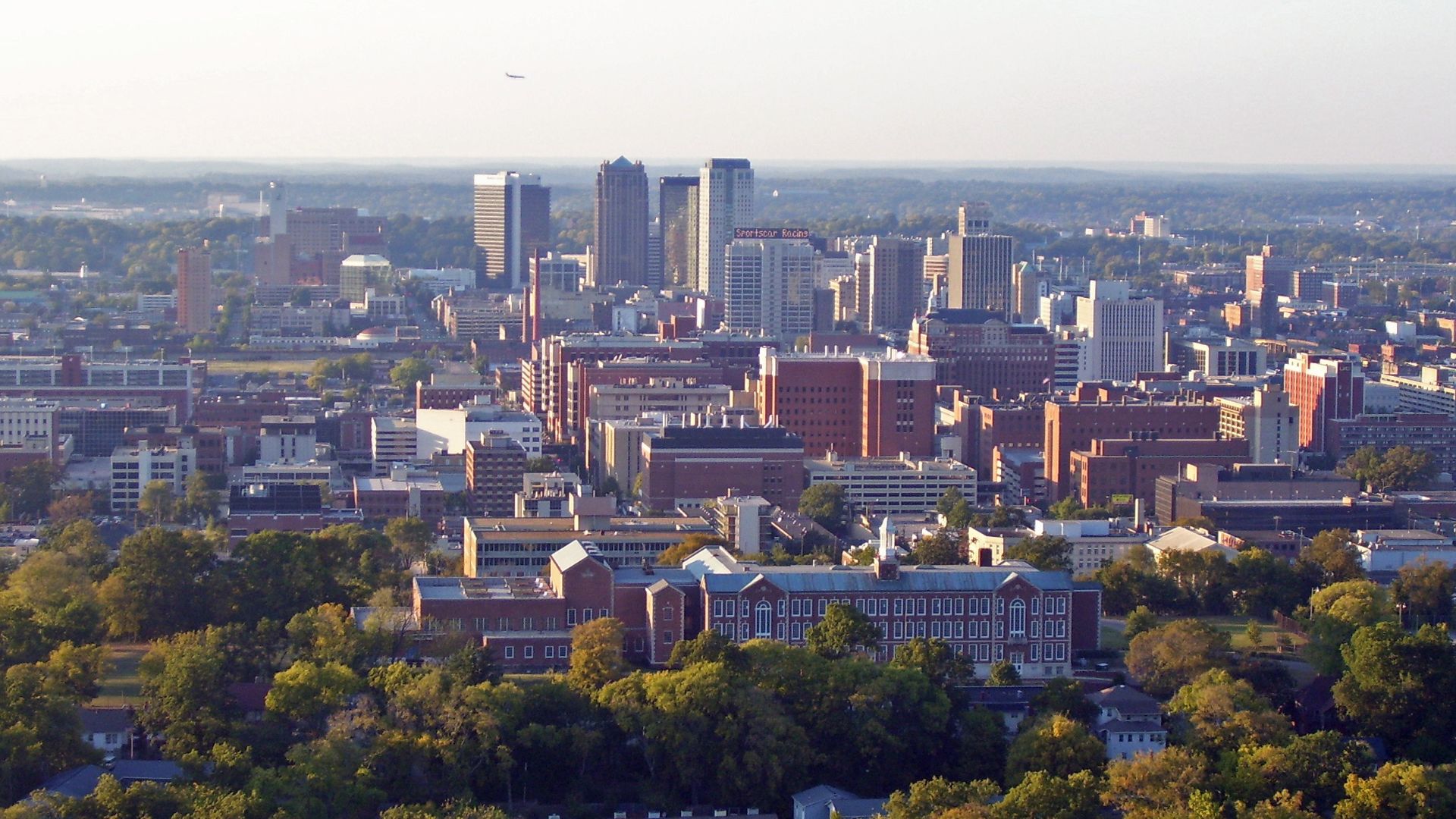 acnatta/Andre Natta profile on Wikimedia
acnatta/Andre Natta profile on Wikimedia
9. Macon, GA
A city straddling identity and growth, Macon struggles to connect the dots for car-free living. Transit coverage leaves voids where daily chores, work, and recreation scatter across zip codes. You’ll chase convenience, but keep landing in the driver’s seat.
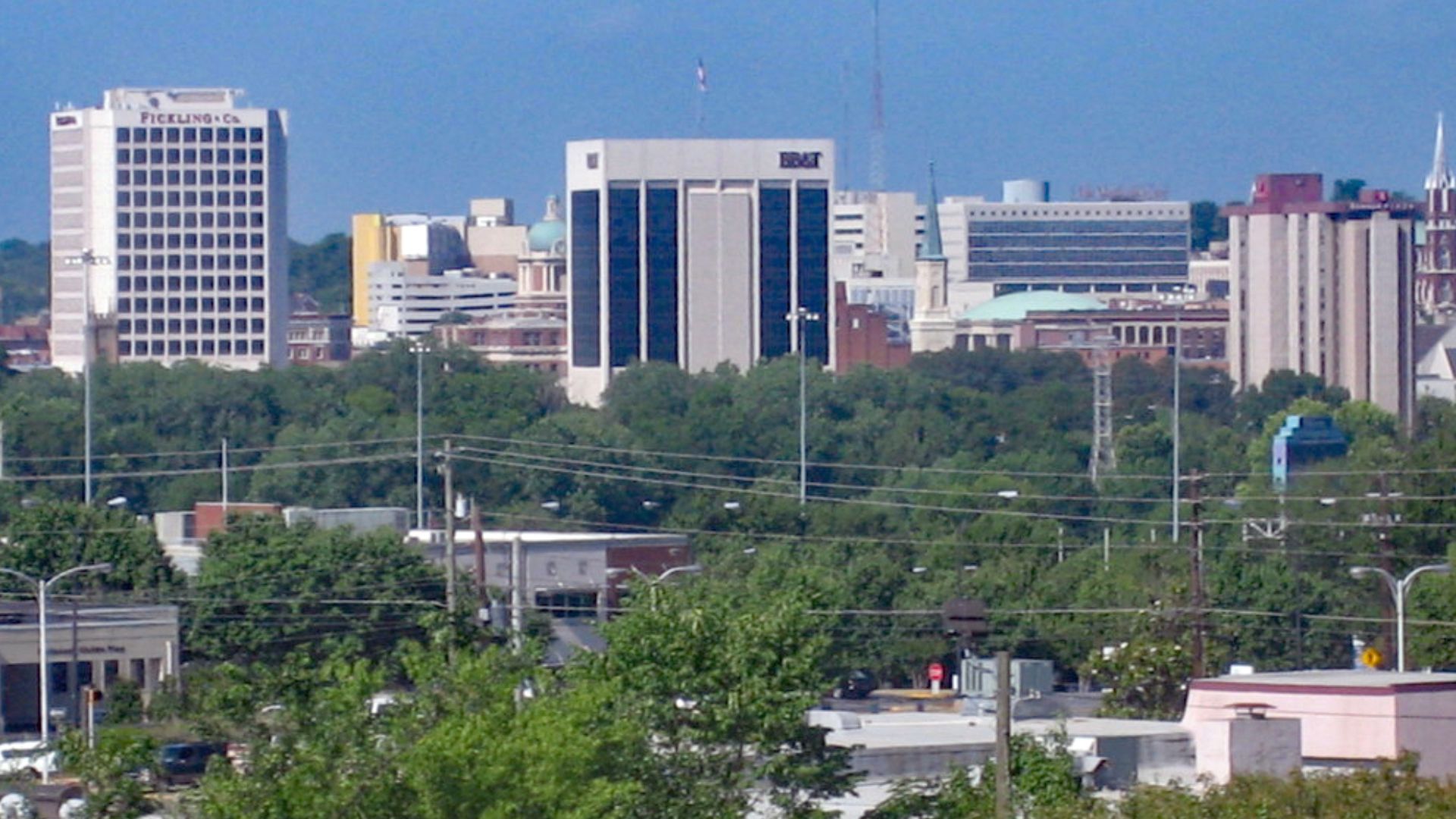 Soglad2005 at English Wikipedia on Wikimedia
Soglad2005 at English Wikipedia on Wikimedia
10. Greensboro, NC
The laid-back charm doesn’t compensate for how hard it is to move here without driving. Public transportation barely scratches the surface. Sidewalks line a few streets. Spontaneity suffers because each outing demands a full-blown travel plan and, let’s be honest, likely GPS too.




